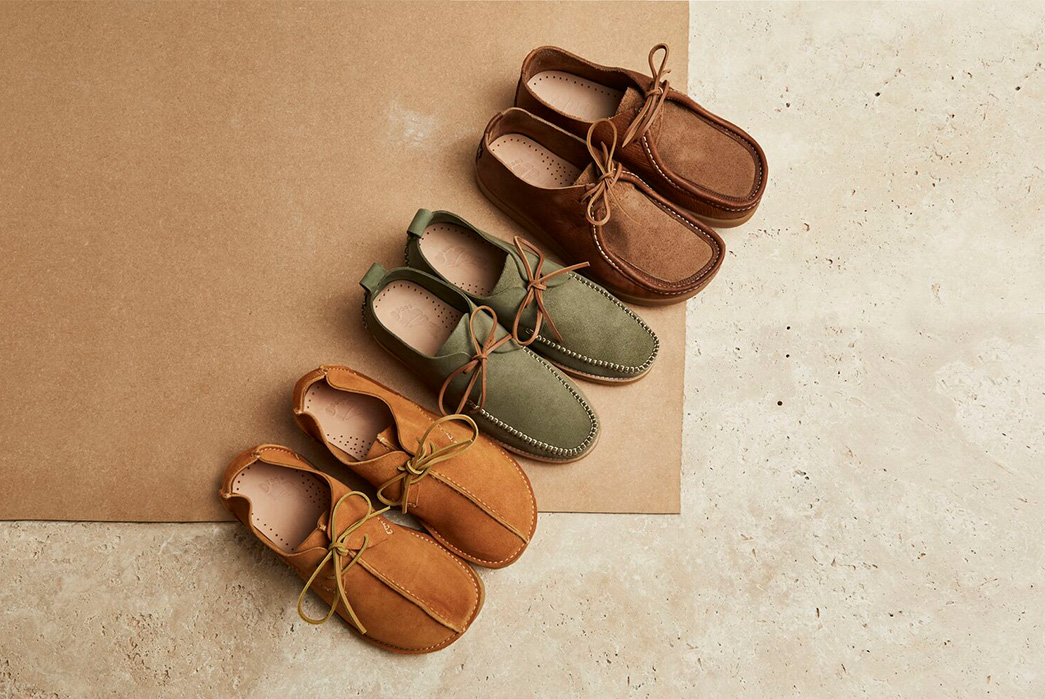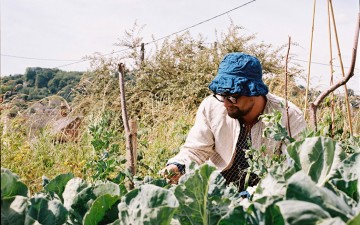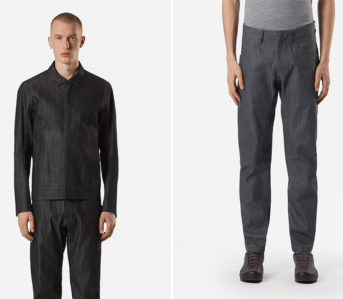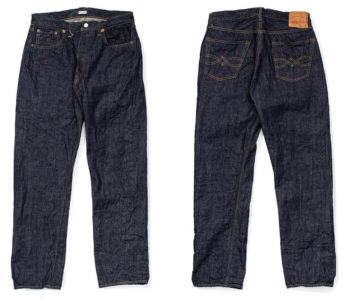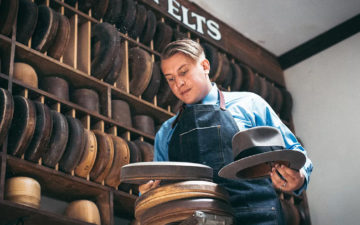We cover our fair share of footwear here at Heddels and it’s no secret that we do enjoy the humble moccasin. With its roots tracing back to the early footwear of our ancestors, their hand construction and comfort are hard to beat for the warm weather seasons.
Whether through premium materials, a snazzy sole unit or a forward thinking silhouette, this is a shoe that isn’t showing any signs of slowing down. And one brand which is undoubtedly taking things up a notch is British based style enthusiasts Yogi Footwear.
You’d be forgiven for thinking that Yogi Footwear was a new brand that recently arrived on the market. And while that is true to some extent, Yogi’s history and heritage goes back much further. The brand’s origins date back to the 90s when they began to produce premium leather footwear in Portugal.
Yogi is inspired by the Earth and Roots shoes of the 70s, which were the first shoes to be marketed with a ‘negative heel’, meaning the heel was actually lower than the toe. The reason for this was to mimic the effect of walking in sand, resulting in a superior posture.
With comfort and orthopedic benefits in mind, Yogi channeled a boxy shaped moccasin and sourced soft premium leathers in order to bring a more contemporary offering to the menswear market.
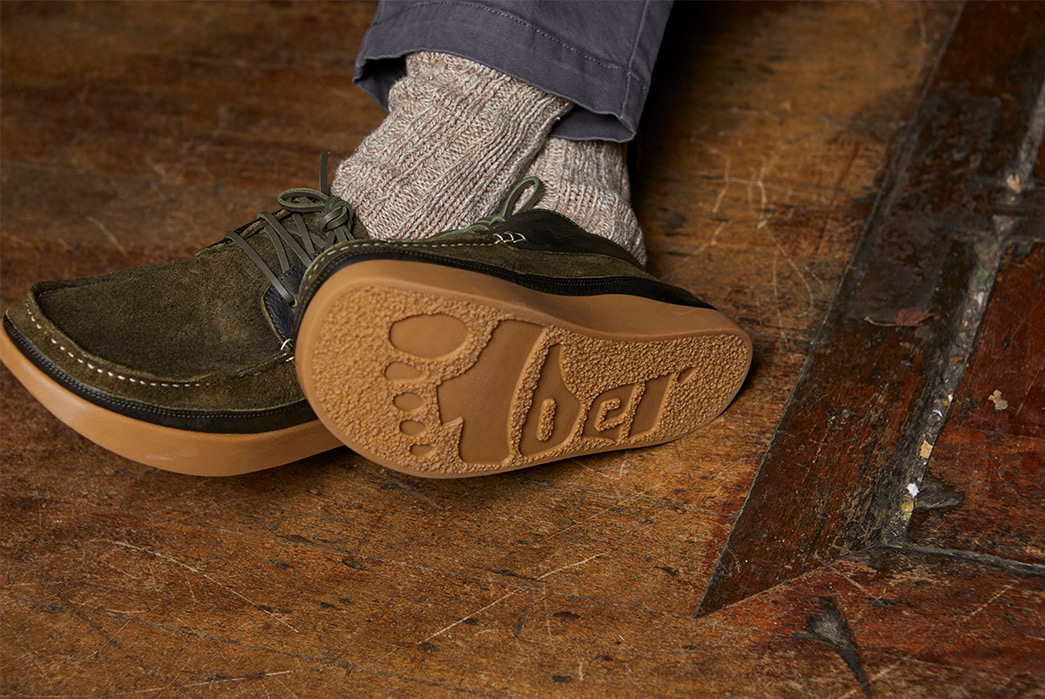
The brand was intrigued by the style and ergonomic benefits of Earth Shoes, so they trialed them in one of their stores and sold out almost immediately. Noticing a gap in the market for a modern and premium alternative, but keeping the core philosophy and approach of Earth Shoes central to the concept, Yogi was born.
During the 90s, Yogi’s popularity surged due to the advent of ‘Brit Pop’ (think Oasis and Blur) and its association with notable brand ‘Duffer’. But rather than having the brand named ‘Duffer Footwear’ or similar, they felt Yogi needed its own identity and moniker.
Fast forward and Yogi’s latest offering of hand crafted, un-lined moccasins are still hand stitched in third-generation specialist factory in Portugal. They feature leather uppers, leather laces and either Vibram or crepe sole units.
Sustainability and environmental impact are also key to Yogi’s approach, with construction of the footwear minimizing waste and reducing the use of solvent based adhesives during production. Materials are also sourced locally where possible, reducing the brand’s carbon footprint.
We sat down with Head of International Sales Paul Batista to discuss the past, present and future of the brand.
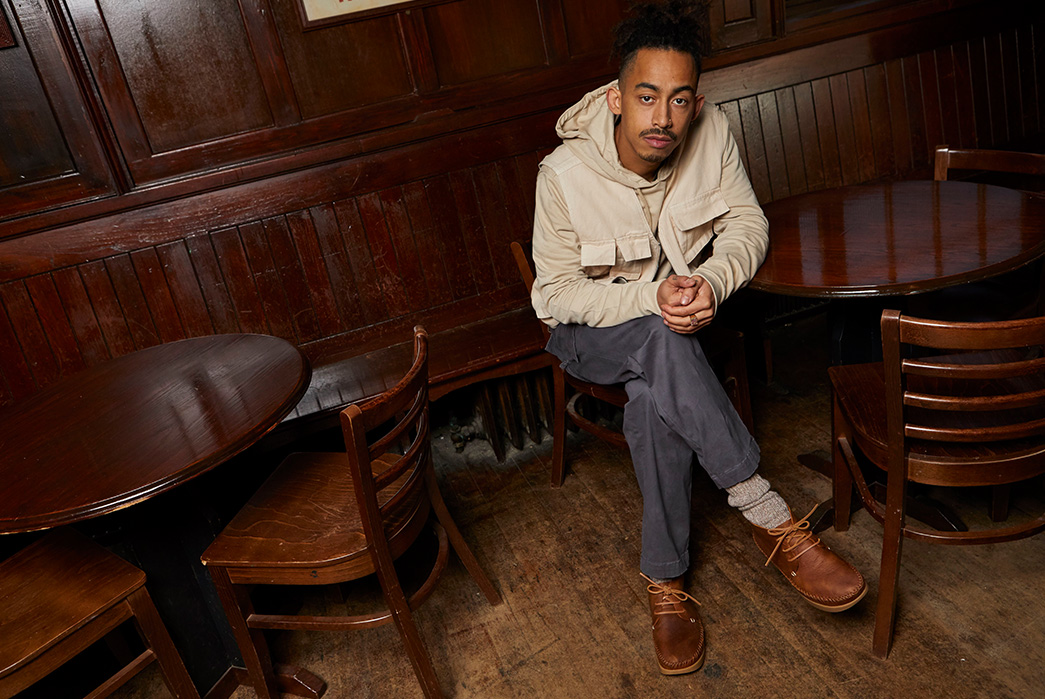
Heddels (H): When did Yogi begin?
Paul Batista (PB): The brand was originally founded in the mid-1990s, and relaunched in autumn 2016.
H: The brand found inspiration in Earth and Roots shoes, could you expand on this? Was it both the aesthetic and physical benefits that informed the brands offering?
PB: Back then I think the aesthetic was slightly more relevant as there was more of a tribalism around fashion, and a lot of brands were less diluted as they are today. Whereas now the benefits of the negative heel resonate with people’s appetite for products associated with wellbeing. We’ve tried to be mindful of this and refine the brand and product for today’s customers without diluting our brand DNA.
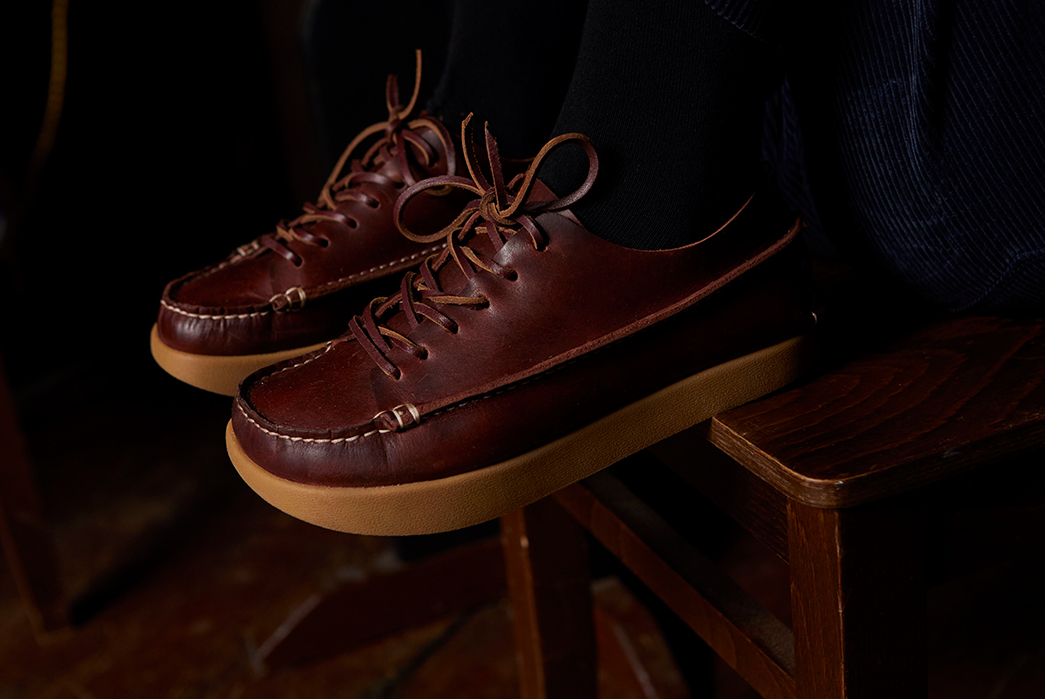
H: Tell us about the relationship with Duffer?
PB: The Duffer team were sourcing mainly deadstock trainers on their travels, and came across a batch of Earth shoes from the 1970s, which quickly sold out. The brand was in the ascendency and the founder of Office shoes [which was more premium back then], wanted the brand in his business, so introduced them to a Spanish factory, and ‘Yogi by Duffer’ – as it was known back then – was born.
Yogi has since become established as a brand in its own right, although I think for a lot of our customers who were into the brand originally there will always be the association as Duffer was a defining influence of the era.
H: Yogi has been connected to casual style and culture since its inception. What were some of the driving forces here? (Music etc.)
PB: A couple of the Duffer guys played in bands (Barrie Sharpe fronted Diana Brown & Barrie K. Sharpe and released an album “The Black, the White, the Yellow and the Brown”), so there was always the musical connection. The brand was also adopted by the Rare Groove & Acid Jazz crowd, and the Gallagher’s, Bobby Guillespie, and Johnny Marr were [and still are] fans.
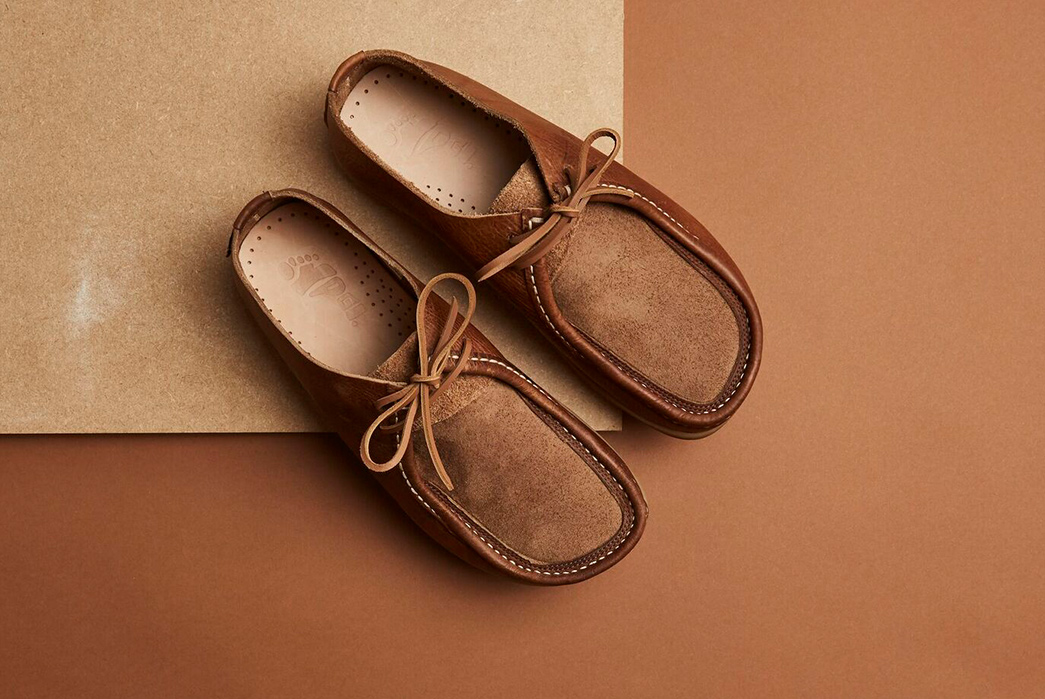
H: Tell us about the production process and how the shoes are manufactured?
PB: All the shoes are produced in Portugal, at a third-generation family-owned factory. The leather is hand cut and the uppers mostly hand stitched. Raw materials are locally sourced wherever possible and we use vegetable tanning process for our leathers, non-solvent based glue, natural rubber and recycled cardboard for our shoeboxes.
The process of making the shoes is a sensory, tactile experience which is conveyed through the finished product.
H: What would you say distinguishes Yogi from other contemporary casual footwear brands on the market?
PB: Great product with great provenance at an honest price.
H: The brand has certainly found its footing and carved a niche in the market over the last few years. What future plans do you have? Anything exciting coming up?
PB: We’re developing more around the negative heel as this has become our ‘go-to’. We’re growing internationally so we’re traveling to Europe and the USA a lot which is always a privilege, although word of mouth and social media are doing more of the legwork which, as a small team, allows us to focus our energy on the brand and product.
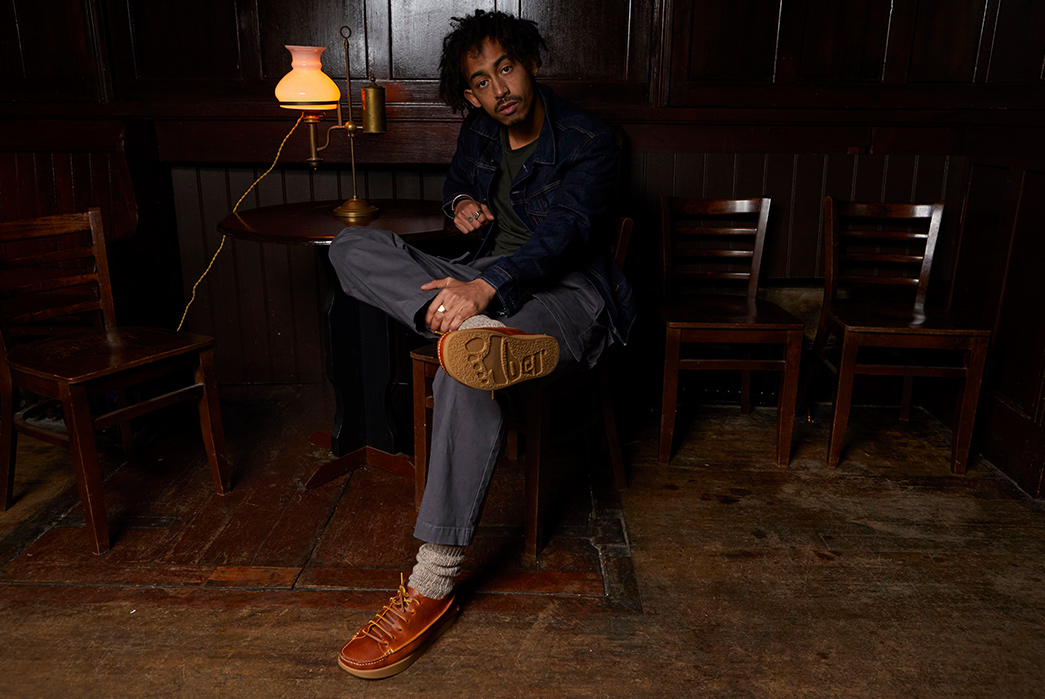
We’ve collaborated with YMC on a unisex-range for this autumn as a celebration of two iconic brands founded in the 1990s, which was a creative high point in British popular culture. We share a love of product and referred back to the very first patterns, refined them in super rich pull up waxy leathers to bring something unique and relevant to both brands.
We’ve also partnered up with Hikerdelic on a mid-rise moccasin on a natural crepe rubber outsole in earthy hi-pile suedes—about as tactile as you can get—really nice piece of gear.
Key Products
Lennon
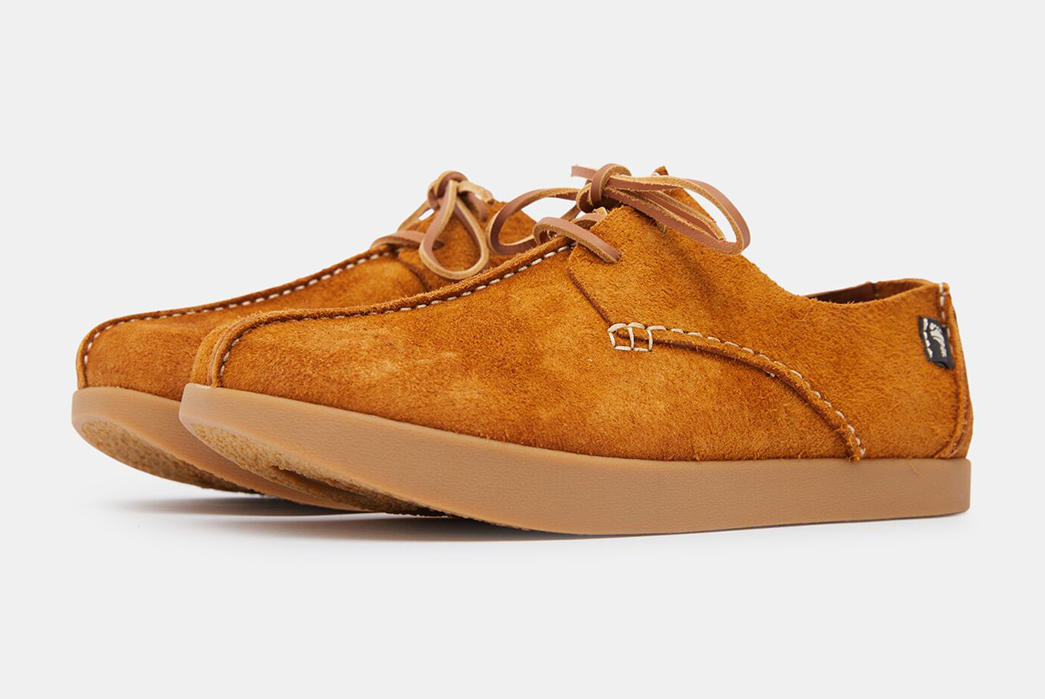
Made from a subtle yet rich suede, the Lenon is a cornerstone of the Yogi offering. Featuring an eye catching center seam profile and negative heel, the Lennon has a wide toe fit.
With comfort and posture at the forefront of the shoe, the emphasis is on premium materials and being kind to you feet while still looking fly. With two eyelet lacing, veg tan leather foot bed and a classic low profile, these are the ideal summer moccasin, especially if you’re putting the miles in on the commute.
Rufus
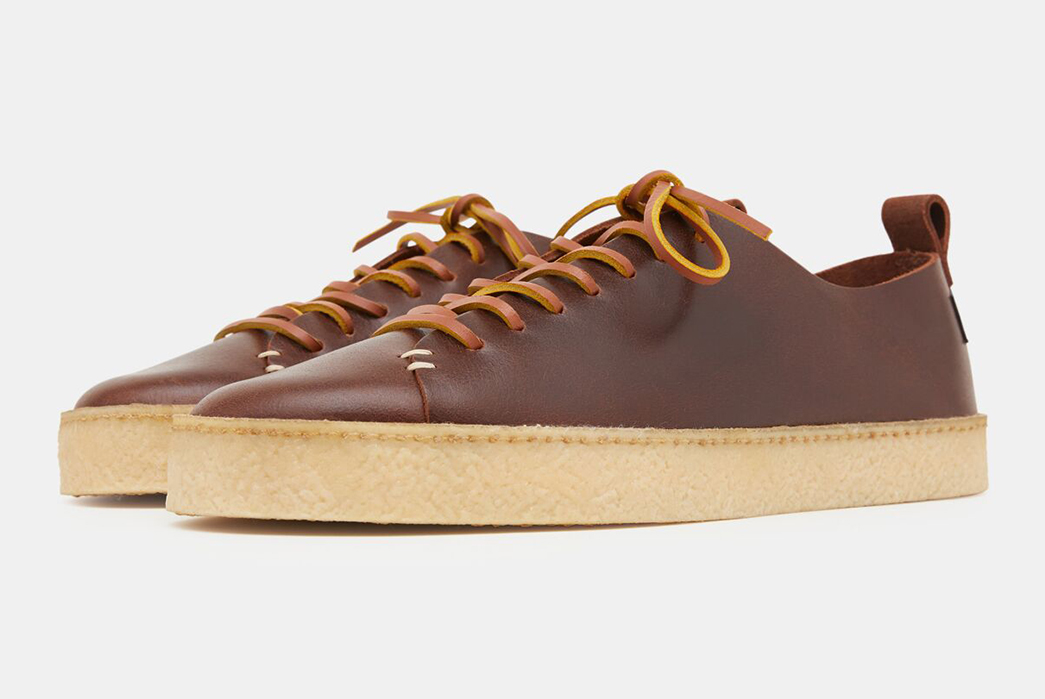
Channeling a classic sport-casual silhouette akin to a Stan Smith, the Rufus has a trainer aesthetic with a premium edge. With a natural crepe combined with a premium leather upper, it’s a modern design that is slick enough for the street but still offers an elevated look.
Lucas
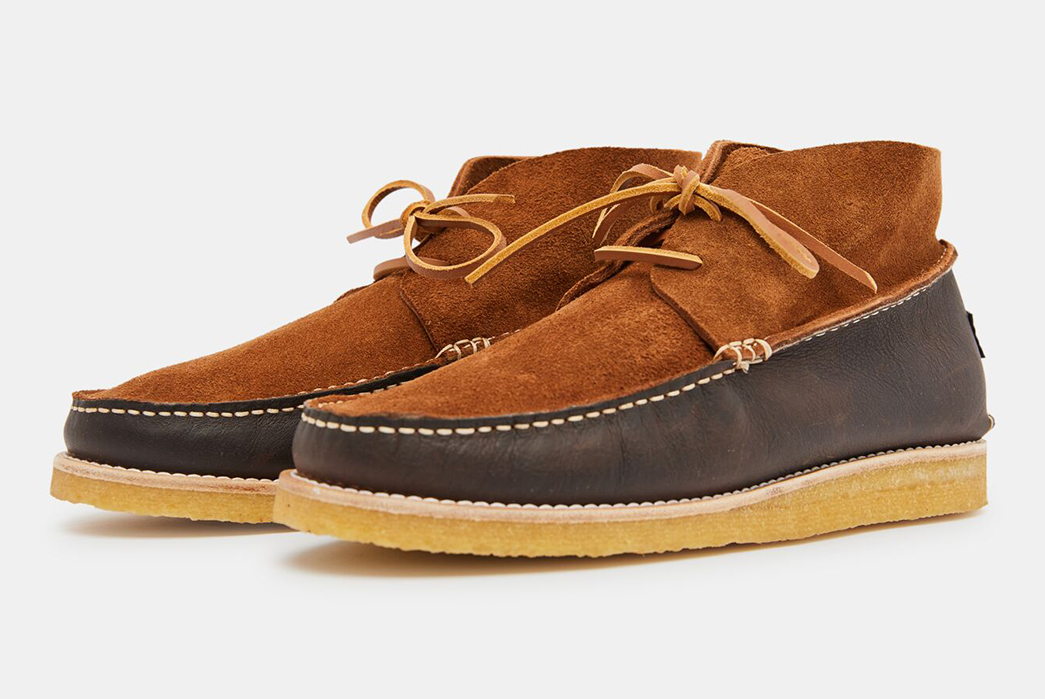
A silhouette more aligned to a classic moccasin in a high top form, the Lucas would look at home in any contemporary wardrobe from Spring through Autumn. Seen here in tumbled leather leather suede with a crepe sole, the contrasting leather really takes things up a notch.
Pitched as a mid-rise chukka boot, you’re getting serious lightweight comfort and a boot that could have an extra digit added onto the price if it was from a leading Japanese heritage brand. But don’t peak too soon, as you’ll have to wait until AW20 to get your hands on these.
Willard
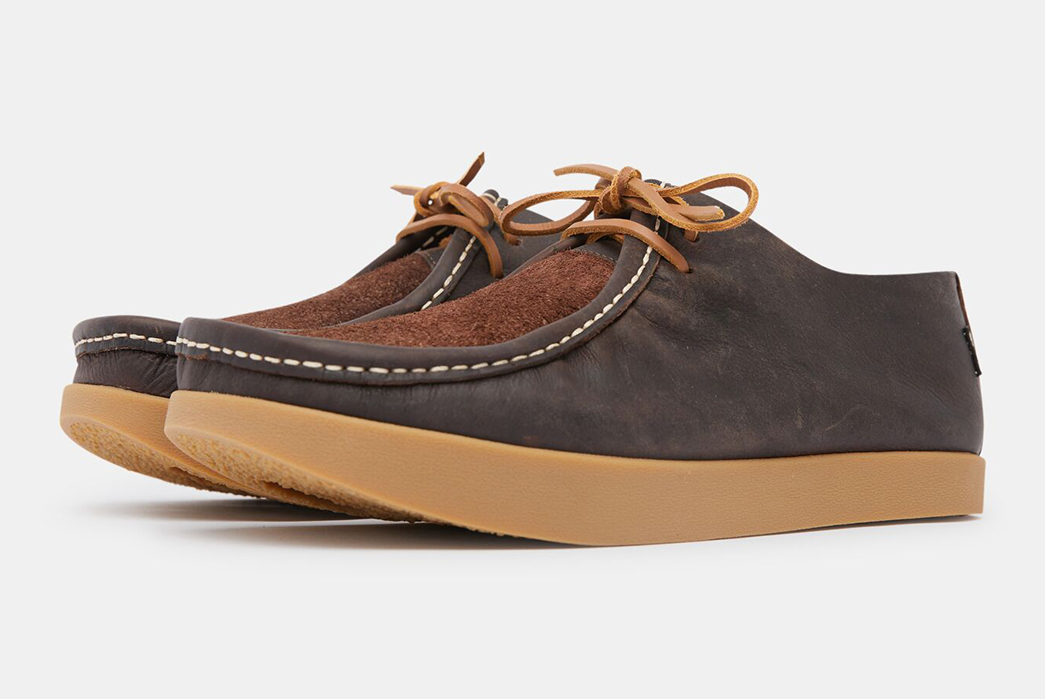
An instantly recognizable shape and silhouette from Yogi, the Willard is like a Wallabee on steroids. With the signature negative heel, the Willard draws direct inspiration from the Earth and Roots shoes of the 1970’s. Featuring a wide toe fit and and classic ‘moc toe’, it boasts a natural hand stitched upper and comes in a tumbled leather with reversed apron for SS20.
To find out more about Yogi and browse their SS20 offering, you can follow them on Instagram and visit their website.
